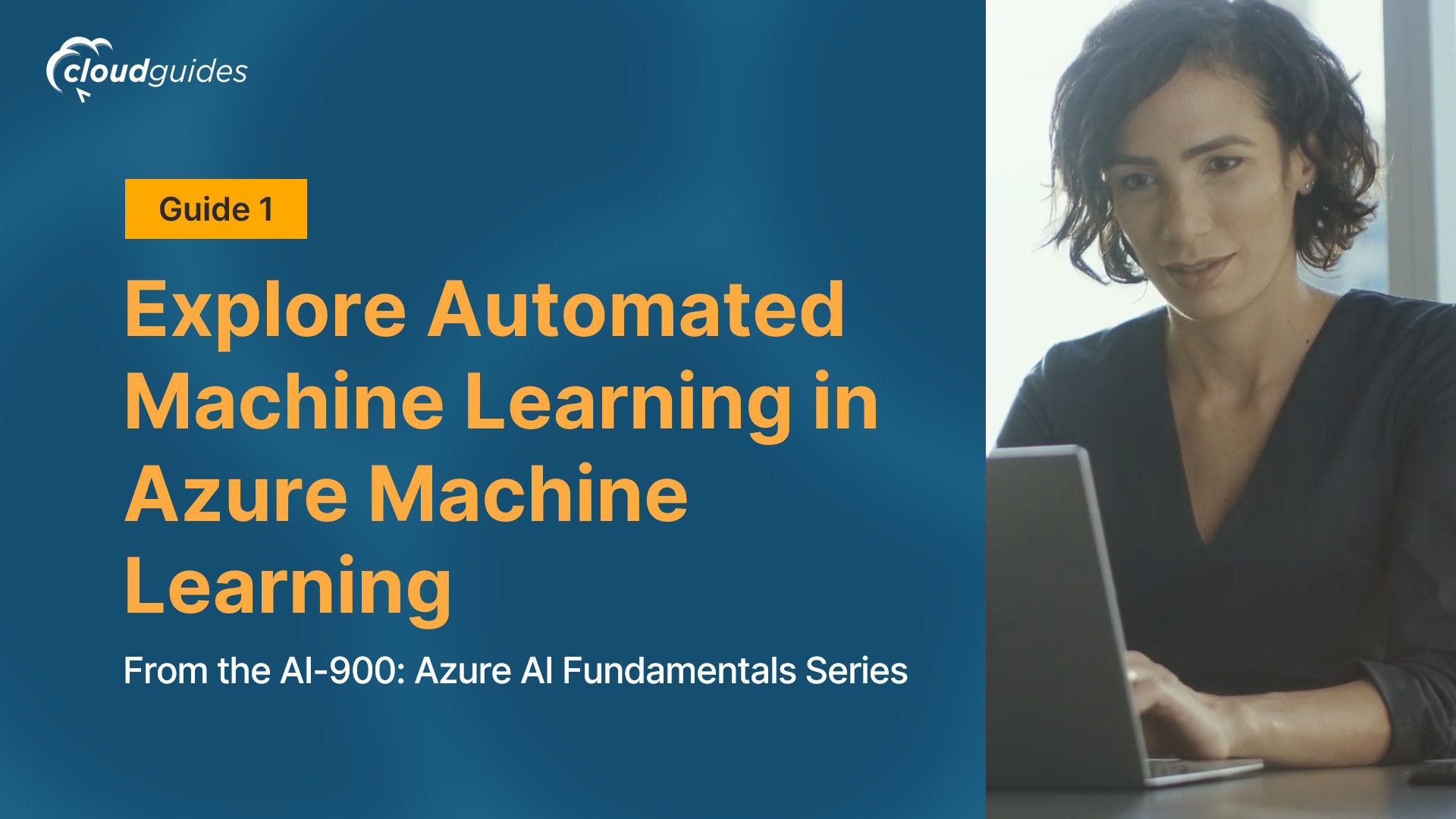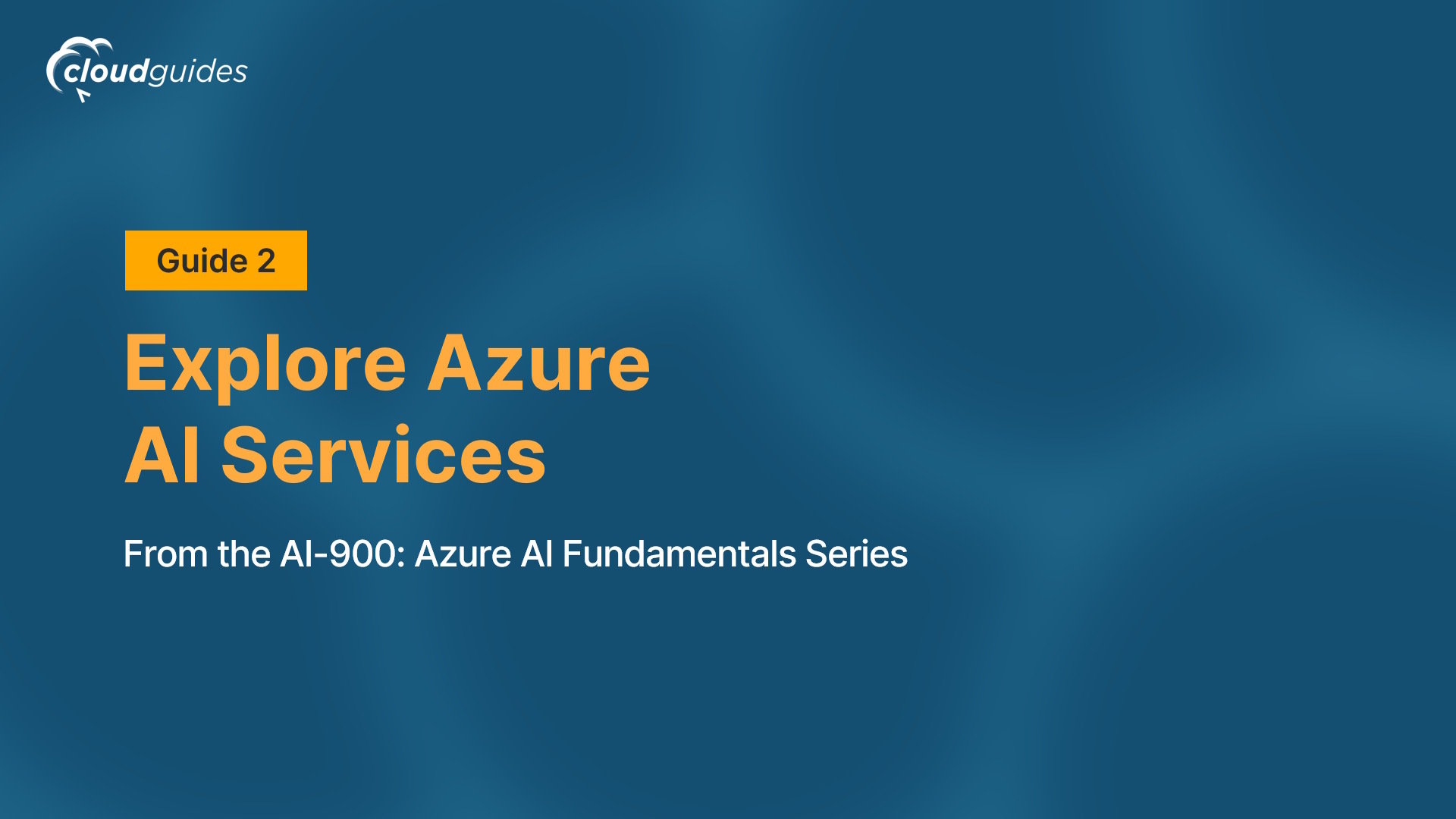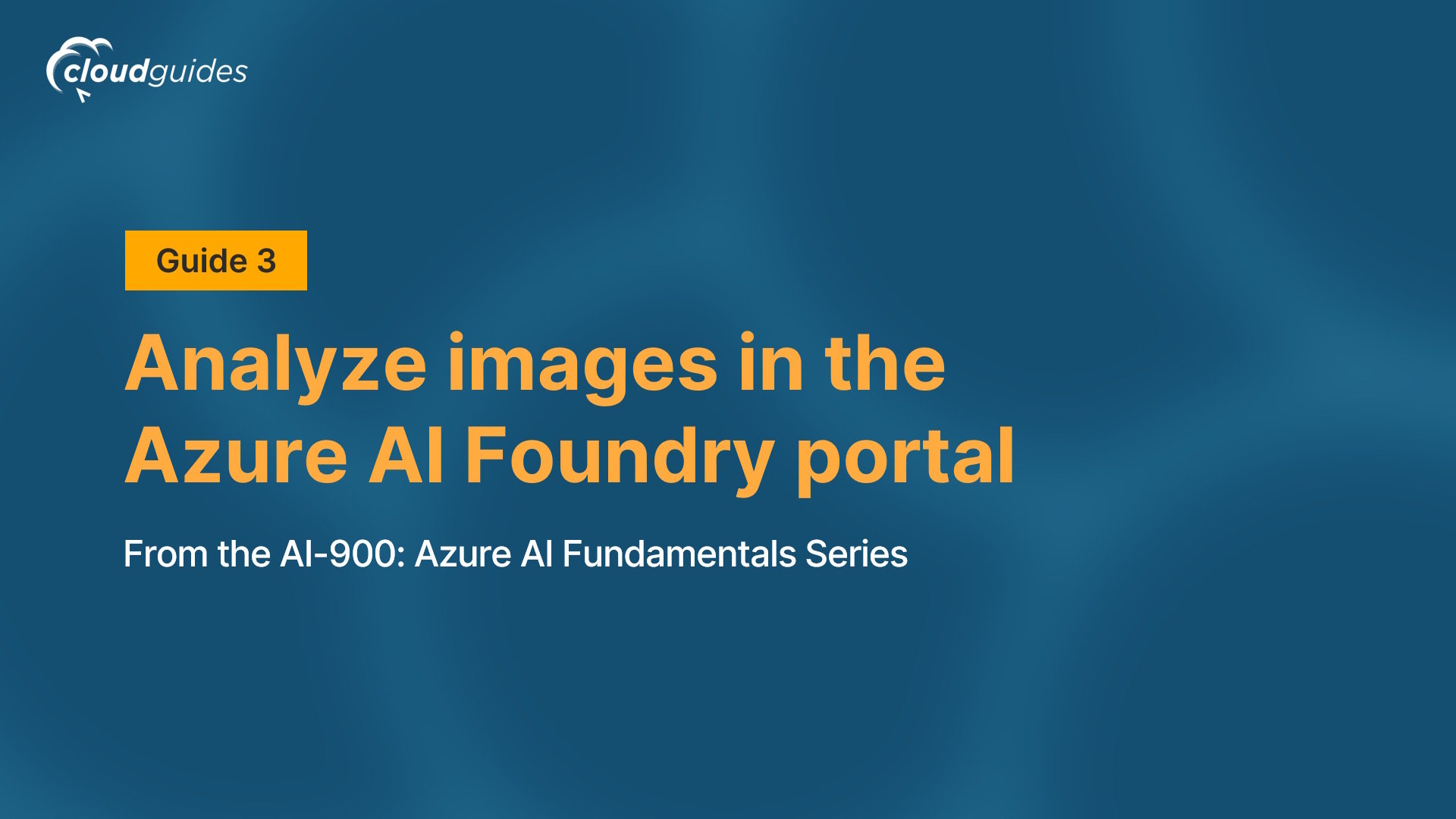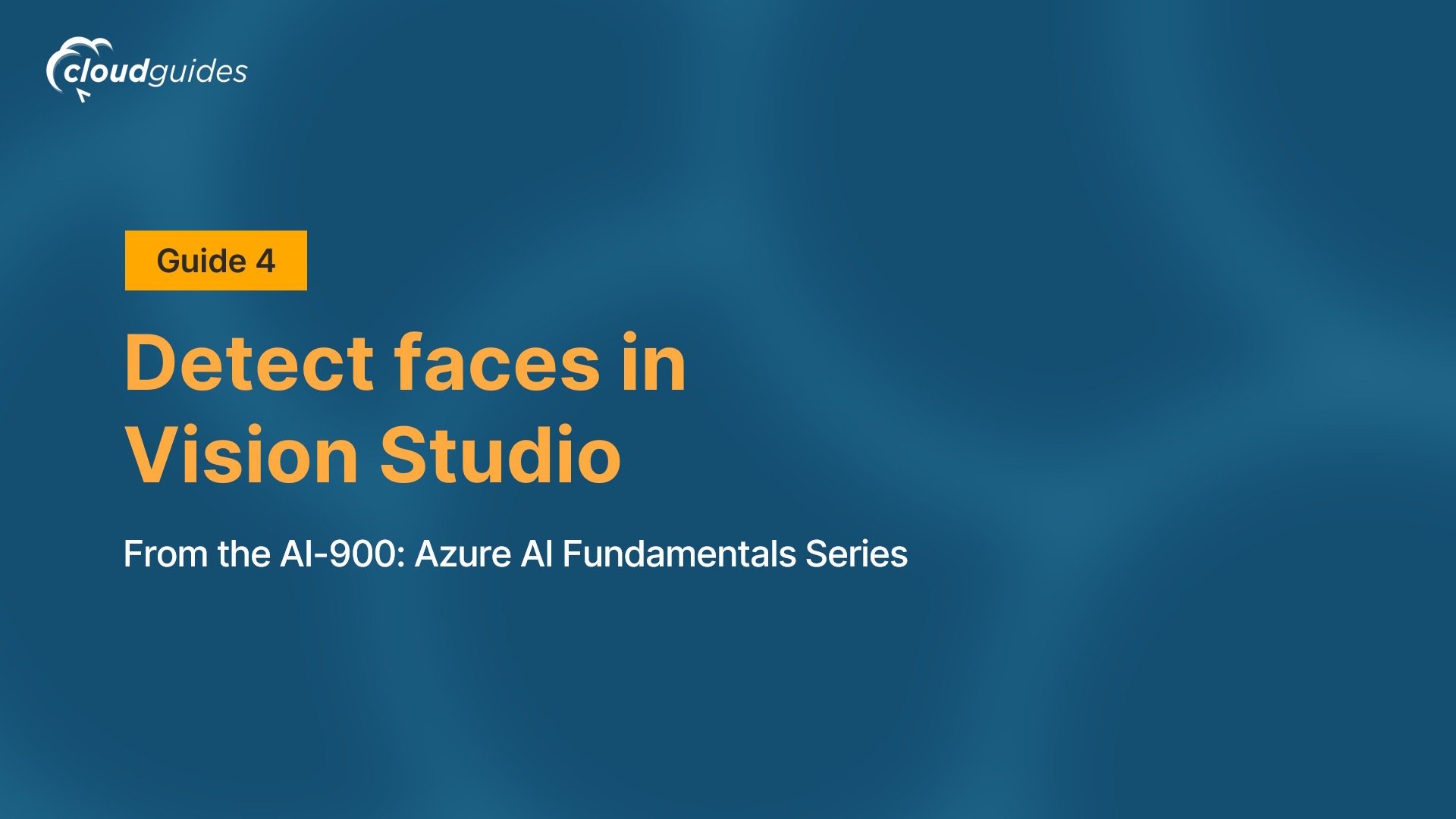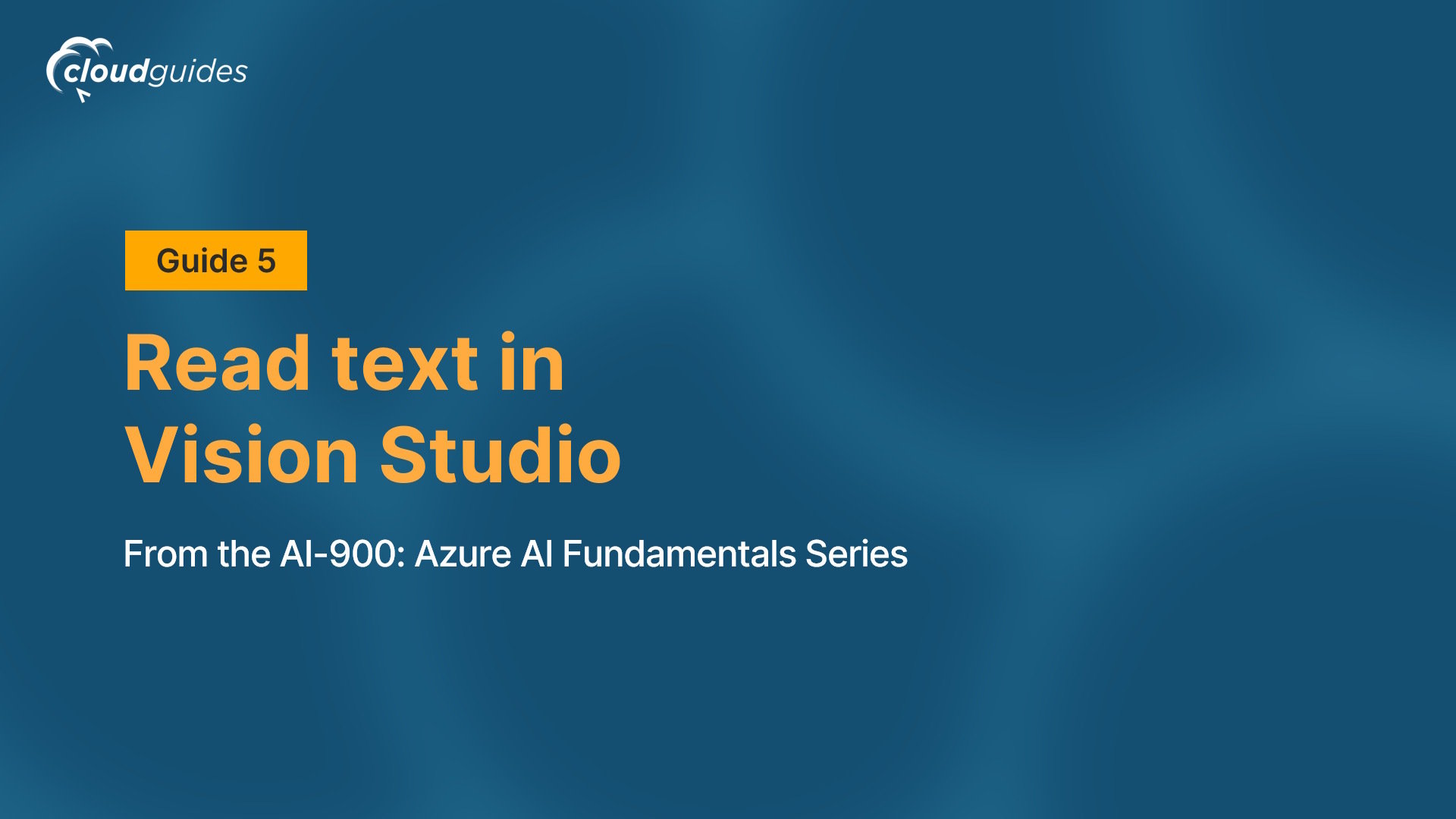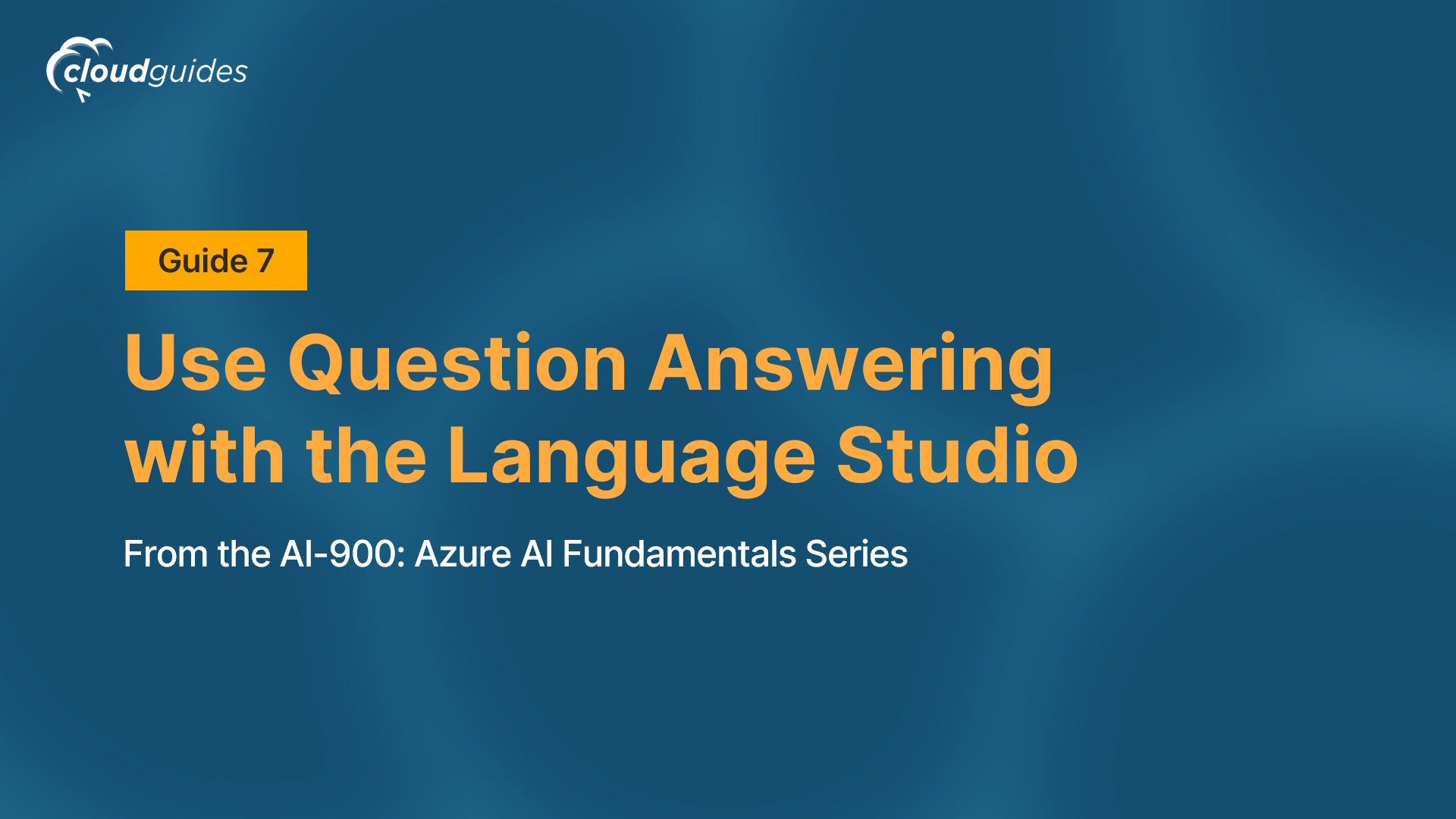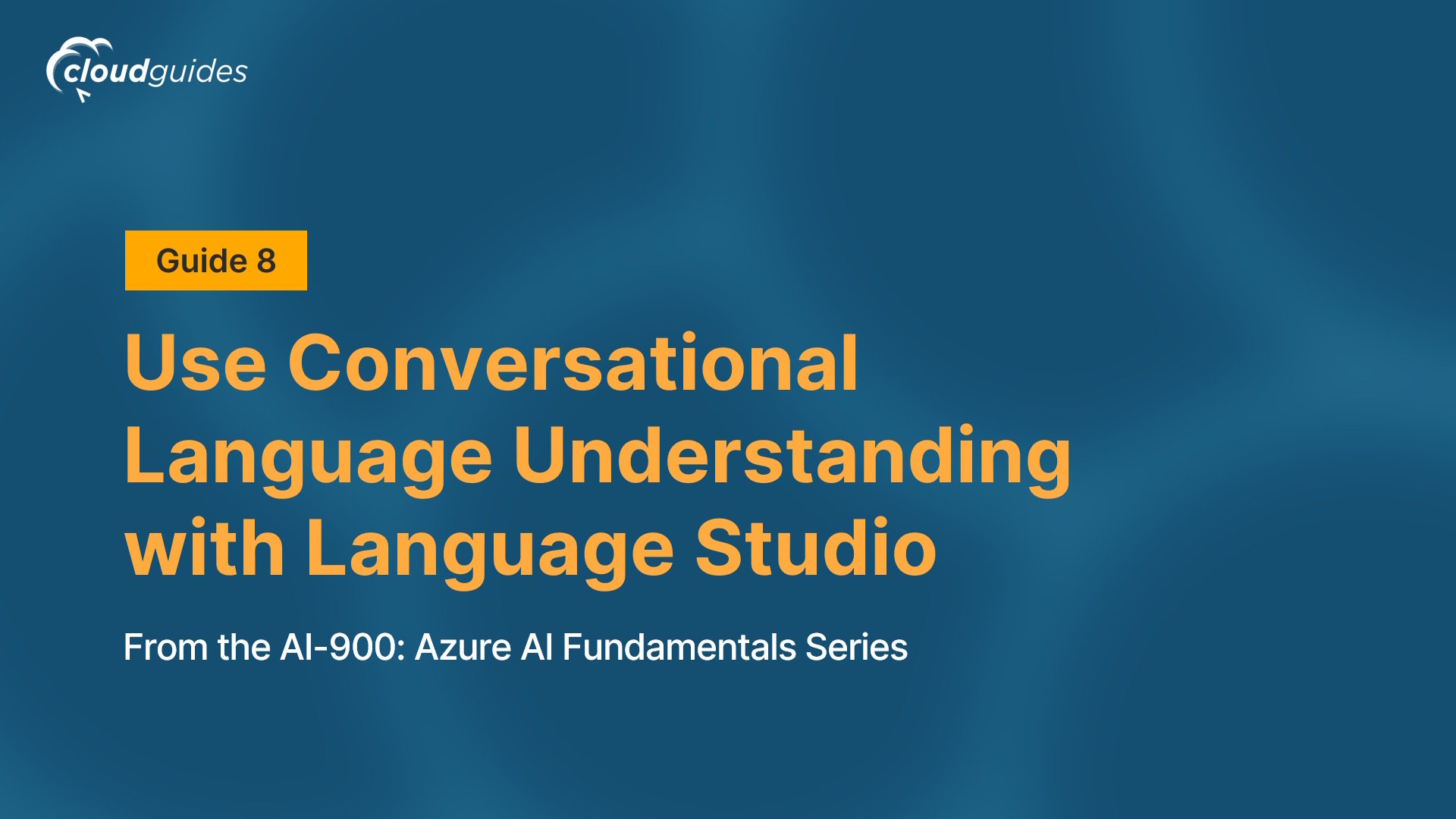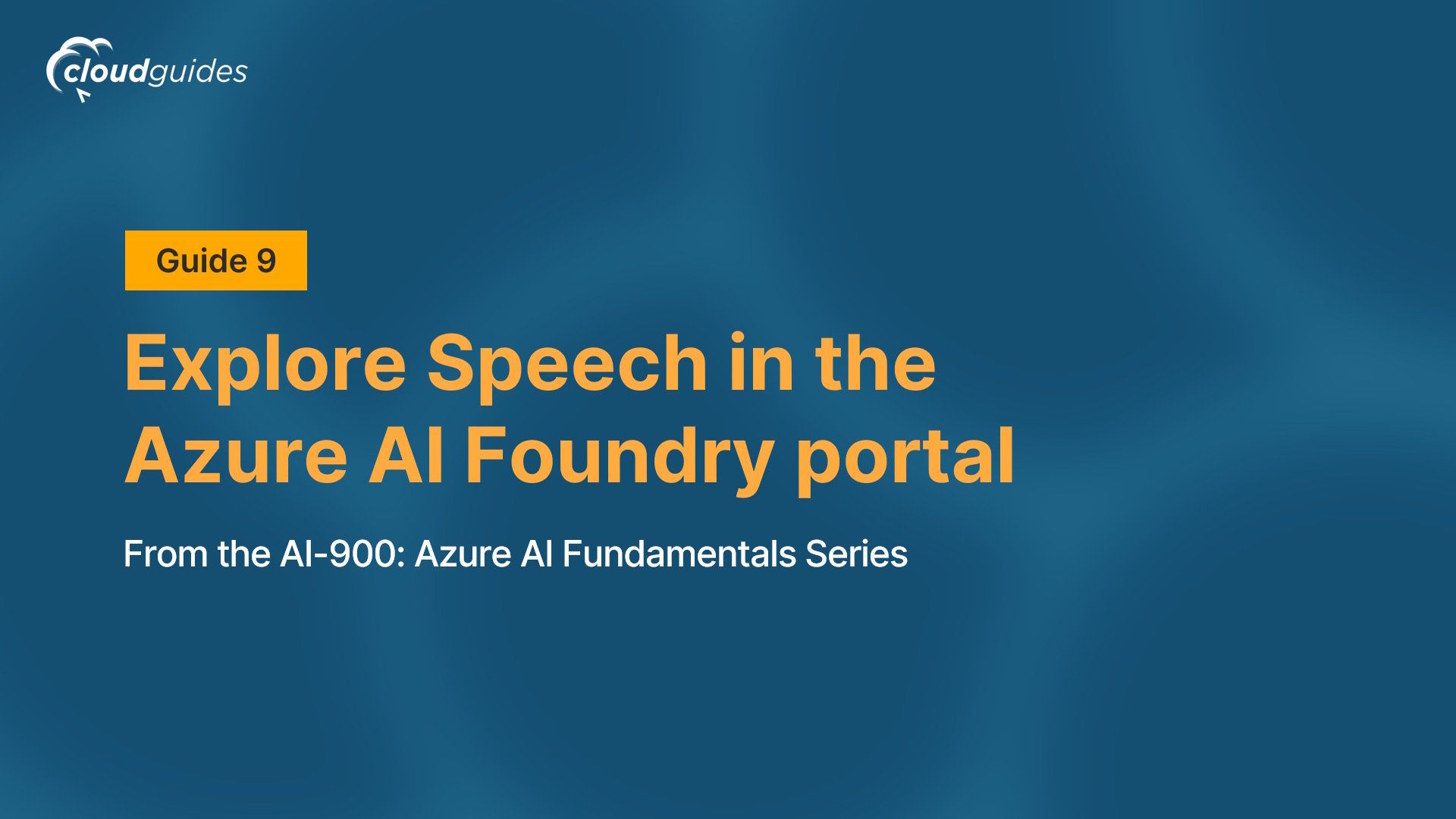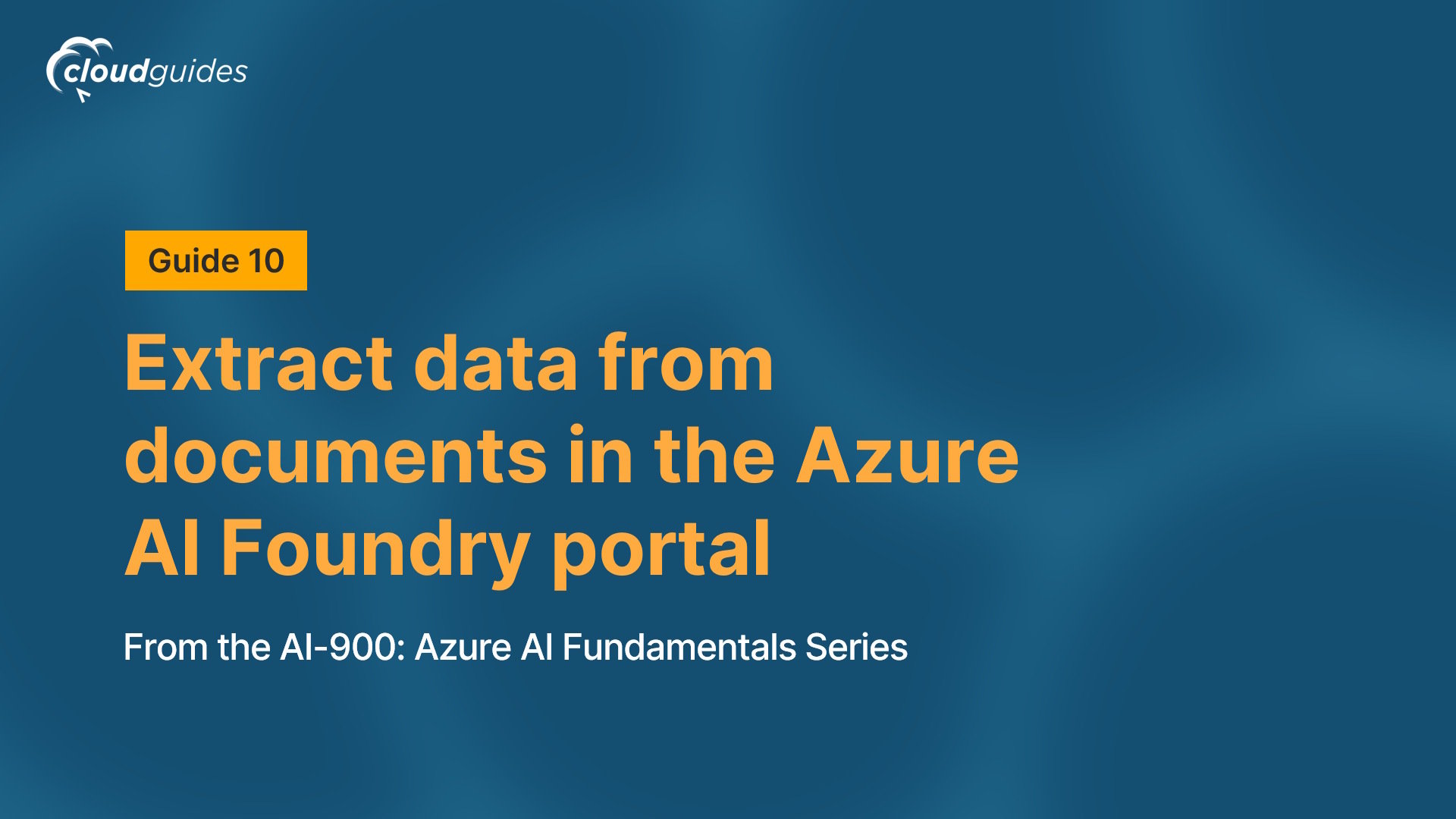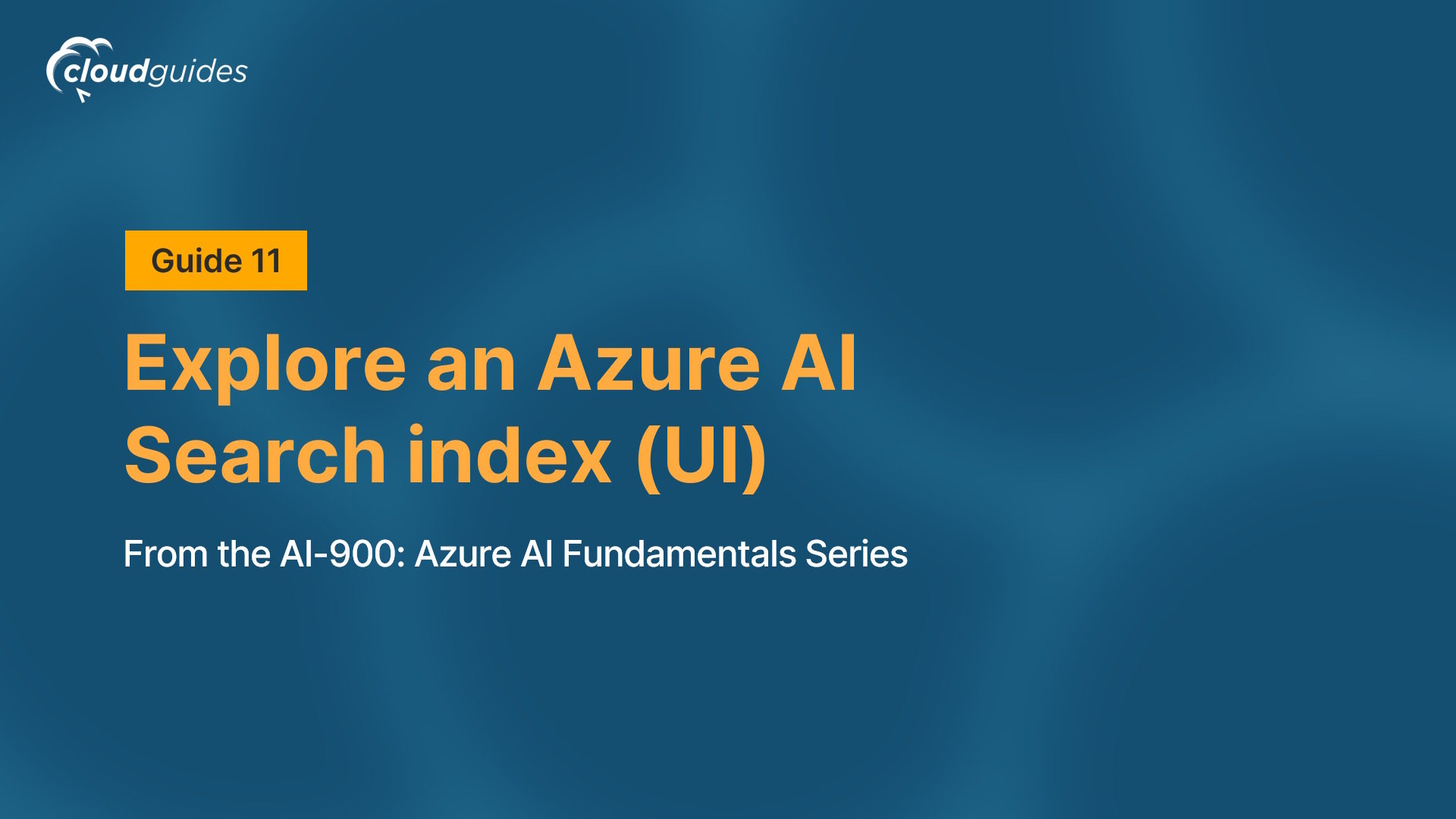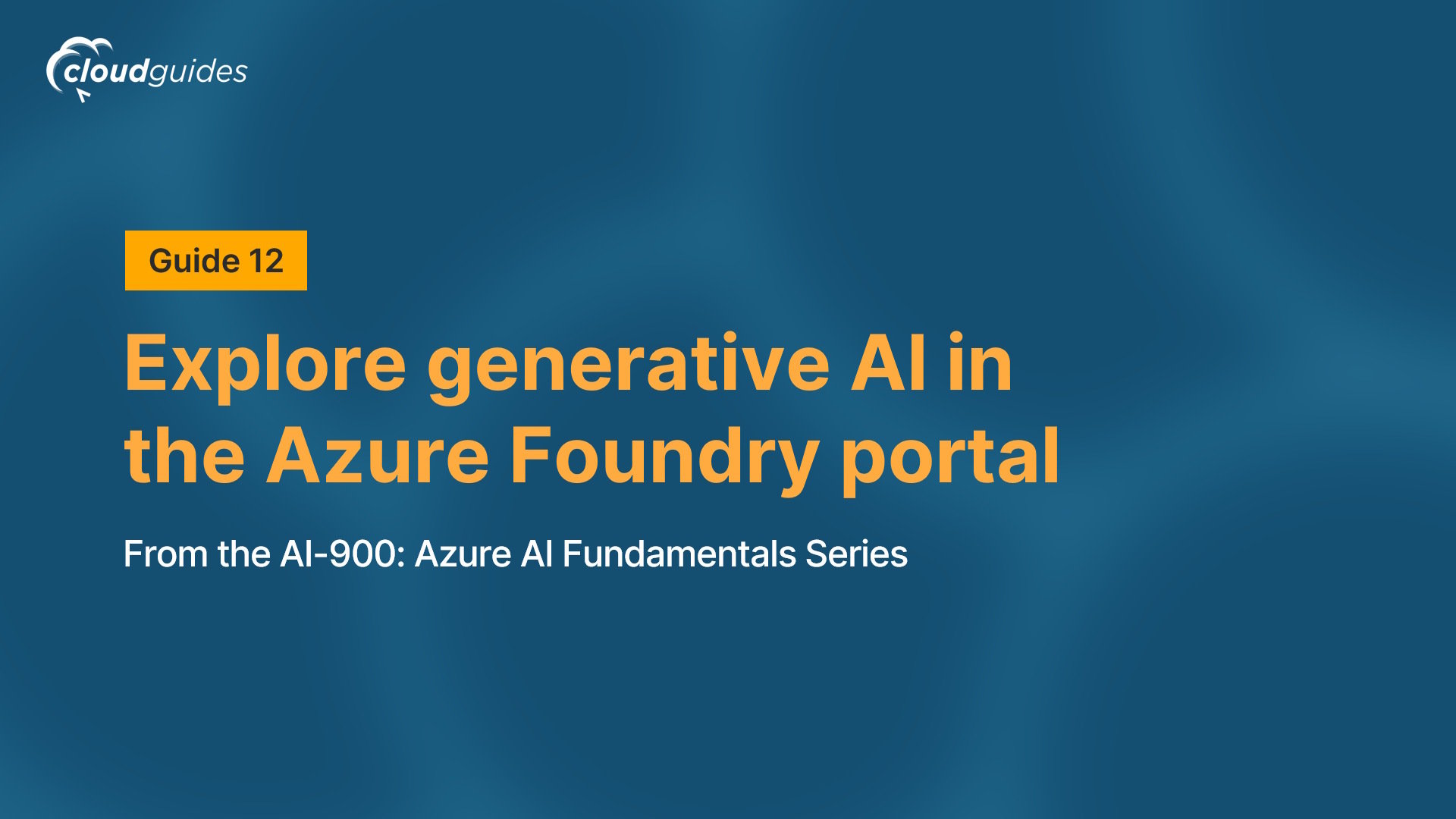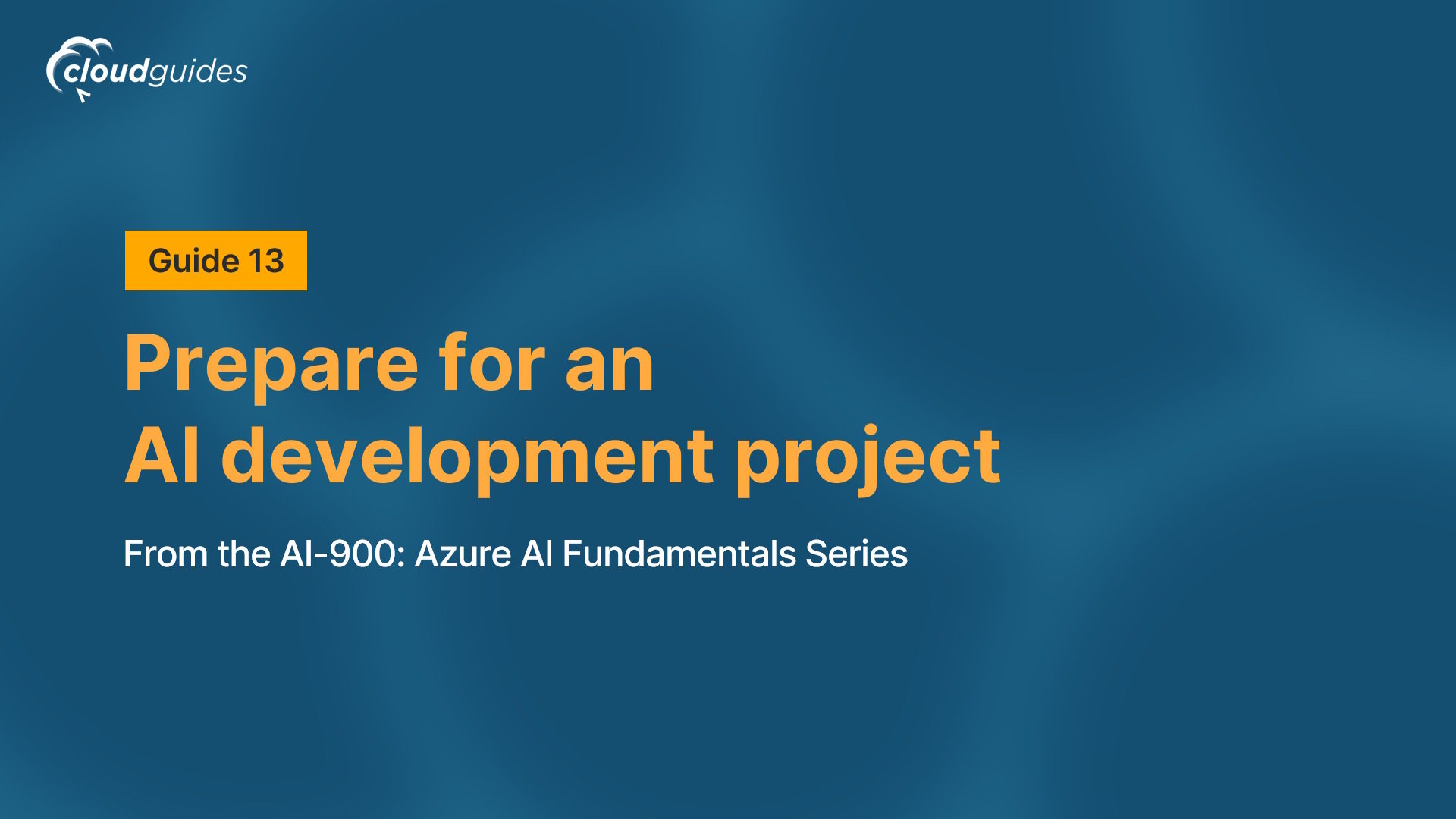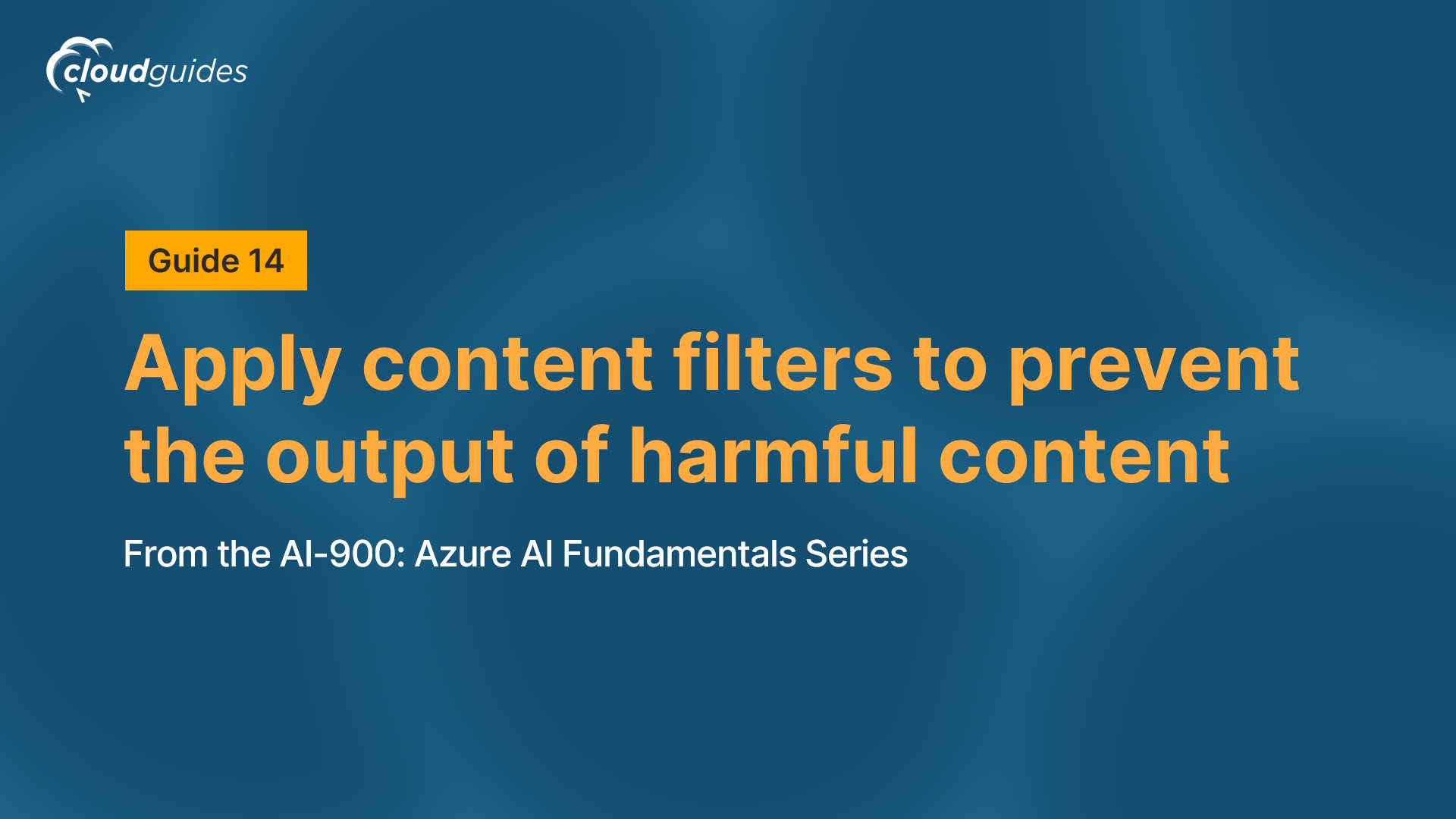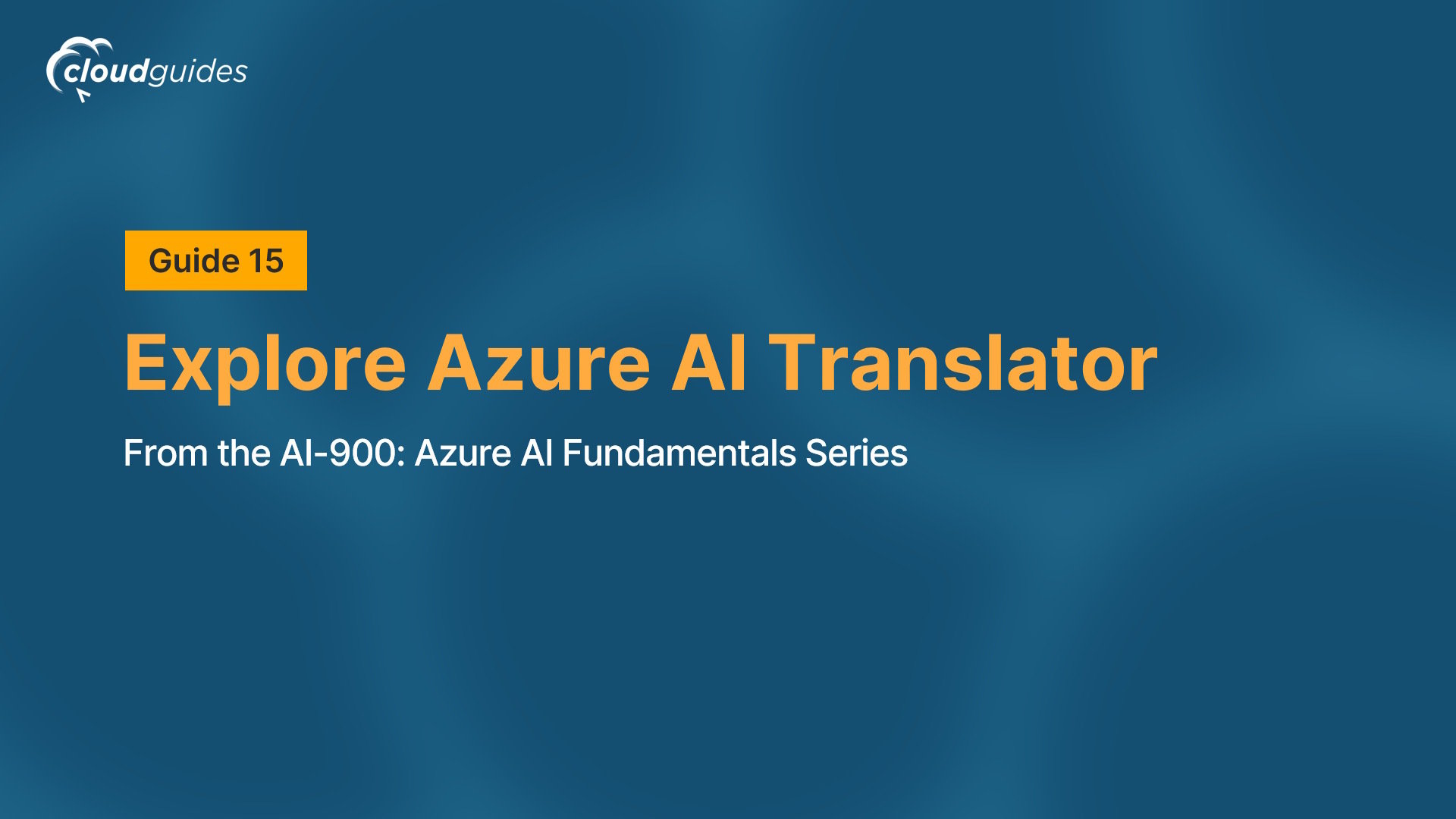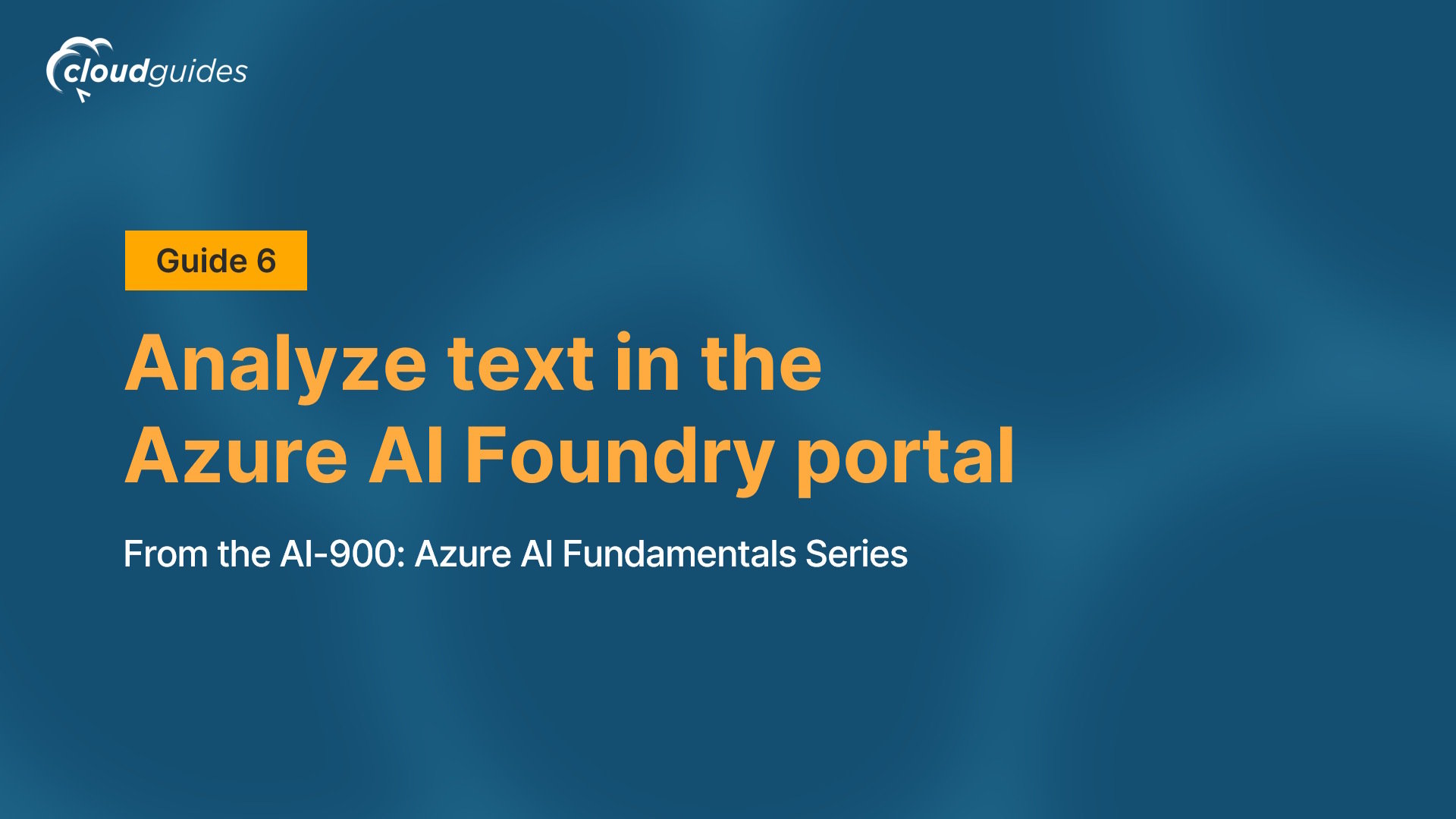
Analyze text in the Azure AI Foundry portal
About this guide
Scenario
Natural Language Processing (NLP) is a branch of AI that deals with written and spoken language. You can use NLP to build solutions that extract semantic meaning from text or speech, or that formulate meaningful responses in natural language.
Azure AI Language service includes Text Analytics, with capabilities such as entity recognition, key phrase extraction, summarization, and sentiment analysis. For example, suppose the fictitious travel agent Margie’s Travel encourages customers to submit reviews for hotel stays. You could use the Language service to extract named entities, identify key phrases, summarize text, and more.
In this guide, you will use Azure AI Language in the Azure AI Foundry portal, Microsoft’s platform for creating intelligent applications, to analyze hotel reviews.
Tasks and Job Skills
- Create a project in the Azure AI Foundry portal
- Extract named entities with Azure AI Language in the Azure AI Foundry portal
- Extract key phrases with Azure AI Language in the Azure AI Foundry portal
- Summarize text with Azure AI Language in the Azure AI Foundry portal
Career Connections
The Cloudguides in this series provide a foundational understanding of Azure AI services and are valuable to anyone interested in pursuing a career in AI or expanding their knowledge in this growing field.
The skills developed in this series can help opens doors to roles like entry-level AI Engineer, Data Scientist (with AI focus), Cloud Architect (with AI focus), and Business Analyst (with AI focus).
As of January 2025, AI-focused roles in the U.S. offer competitive salaries, with AI Engineers starting at around $108K and reaching $128K after five years, Data Scientists earning between $90K–$130K initially and $123K with experience, Cloud Solutions Architects starting at $110K and rising to $160K, Business Analysts beginning at $55K and reaching $131K, while IT professionals with AI interest typically start at $80K and can earn $100K–$150K or more depending on specialization and demand. Please note that these figures are approximate, derived from online sources, and can vary based on factors such as location, industry, and company size.
